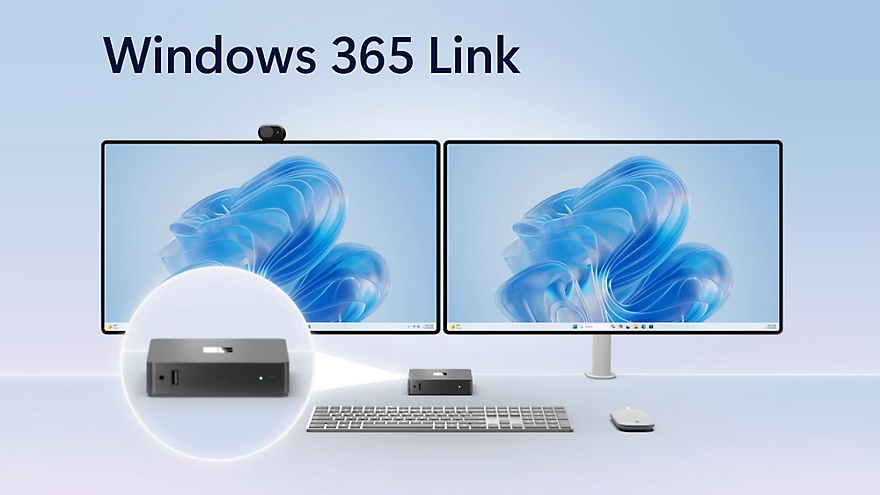Microsoft's Windows 10 S isn't taking down Chromebooks just yet
4 min. read
Published on
Read our disclosure page to find out how can you help MSPoweruser sustain the editorial team Read more

Microsoft earlier revealed plans for yet another low-end optimised, sleek version of Windows 10 in order to take on ChromeOS. This isn’t the first version of Windows to take on Chromebooks, and it probably won’t be the last. Microsoft is also working on channelling Windows 10 Pro for ARM devices, so hardware manufacturers can make use of cheaper Qualcomm SOCs for their devices. Pundits, columnists and Windows 10 fans alike have declared that this will be Microsoft’s Chromebook killer. It’s not an unreasonable idea mind you, Microsoft’s Windows is undeniably more robust than Google’s Chrome OS by design, with the former being aimed at power users, and the latter being aimed at those who need just the bare essentials. Windows 10 S takes that robustness, adds a larger* library of native apps, easier manageability for educational users, and more. Windows 10 S has an uphill climb to make, in schools, it’ll need to overcome the 50% and growing dominance Google has. Outside schools? It has another problem.
Simply put, its the hardware. Let’s be honest, ChromeOS can take on Windows 10 in ways that matter to general consumers. Most people’s computer usage can be boiled down to Microsoft Office, Email, and browsing the web with perhaps some Spotify. Chromebooks often offer all this in a nicer package than can their Windows counterparts. If a user wants more power, OEMs like Acer, Dell and HP will provide more powerful, beautiful Chromebooks for less than their Windows 10 counterparts.
Take, for instance, Acer’s Chromebook 14 (2016) and Acer’s Swift 3 (2016). Both laptops offer a premium looking design, with a 14inch FullHD screen, full metal design, nice and wide trackpad and RAM from 4GB to 8GB. The Windows version of this will set you back about £600 – give or take depending on the store, the Chromebook? £279 for the 4GB of RAM version up to £400ish for the same specs as the Windows version. For any user whose most used PC app is Microsoft’s Edge or Google’s Chrome, the choice is clear. Similarly, If I look at the wider Windows 10 PC Market for an equivalent laptop, I’m met with cheap plastic laptops, with crappy battery and low-resolution displays. HP has come the closest with its Stream 14 ultraportable laptop, but performance, low-storage (for a Windows PC), and a poor display drag it down. In the same manner, newly announced Windows 10 S PCs for the low-end aren’t anything special. They are more of the same type of cheap PCs that look like they fell out of the ugly tree and hit every stick on the way down.
If Microsoft’s Windows 10 S doesn’t take off – like Windows 8 RT, Windows 8.1 with Bing, and Acer’s attempts at cloudbooks years ago, no one will proffer up reasons why they believe it didn’t do well, because they won’t really care. An offhand remark in some thinkpiece somewhere might blame low sales or the Windows Store, but no one will really care. Windows 10 S’s Raison D’etre is lower priced, secure, streamlined PCs, in the end, it’ll be the hardware that it ships with that’ll be most important.
Microsoft’s Windows 10 S is a powerful OS that can do a lot. The problem is, so is Google’s ChromeOS.In a market where PC sales are tanking, Chromebook sales continue to rise with manufacturers now making new and unique hardware for it. In contrast, Windows 10 S’s hardware choices for the low-end aren’t as good as the equivalent Chromebook versions, and that’s disappointing. Microsoft’s Surface Laptop might be an excellent laptop but its price removes it from consideration for many, and with the lower end lacking any desirable laptop Google’s Chromebooks still have an advantage.
*Chromebooks will gain the ability to fully run Android apps in a desktop environment with freeform Windows this summer, removing the software library advantage.









User forum
0 messages